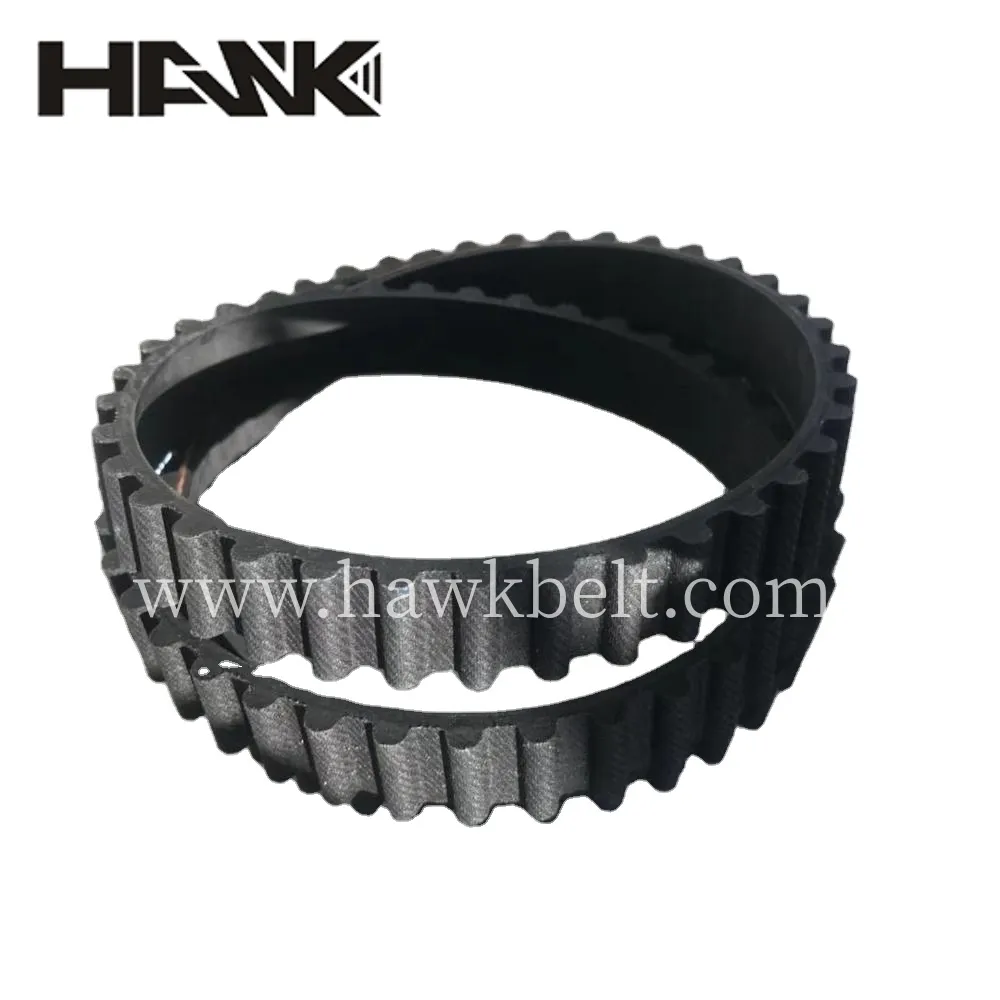- Arabic
- French
- Russian
- Spanish
- Portuguese
- Turkish
- Armenian
- English
- Albanian
- Amharic
- Azerbaijani
- Basque
- Belarusian
- Bengali
- Bosnian
- Bulgarian
- Catalan
- Cebuano
- Corsican
- Croatian
- Czech
- Danish
- Dutch
- Afrikaans
- Esperanto
- Estonian
- Finnish
- Frisian
- Galician
- Georgian
- German
- Greek
- Gujarati
- Haitian Creole
- hausa
- hawaiian
- Hebrew
- Hindi
- Miao
- Hungarian
- Icelandic
- igbo
- Indonesian
- irish
- Italian
- Japanese
- Javanese
- Kannada
- kazakh
- Khmer
- Rwandese
- Korean
- Kurdish
- Kyrgyz
- Lao
- Latin
- Latvian
- Lithuanian
- Luxembourgish
- Macedonian
- Malgashi
- Malay
- Malayalam
- Maltese
- Maori
- Marathi
- Mongolian
- Myanmar
- Nepali
- Norwegian
- Norwegian
- Occitan
- Pashto
- Persian
- Polish
- Punjabi
- Romanian
- Samoan
- Scottish Gaelic
- Serbian
- Sesotho
- Shona
- Sindhi
- Sinhala
- Slovak
- Slovenian
- Somali
- Sundanese
- Swahili
- Swedish
- Tagalog
- Tajik
- Tamil
- Tatar
- Telugu
- Thai
- Turkmen
- Ukrainian
- Urdu
- Uighur
- Uzbek
- Vietnamese
- Welsh
- Bantu
- Yiddish
- Yoruba
- Zulu
আগস্ট . 05, 2024 17:16 Back to list
Understanding the Importance and Functionality of a Serpentine Belt in Your Vehicle's Engine System
Understanding the Serpentine Belt Function, Maintenance, and Importance
The serpentine belt is a crucial component of a vehicle's engine system, playing a vital role in the operation of various accessories. Often overlooked during routine maintenance checks, this single, continuous belt drives multiple peripherals, such as the alternator, power steering pump, water pump, and air conditioning compressor. Given its importance, understanding the serpentine belt's function, signs of wear, and maintenance tips can help ensure the longevity of your vehicle and avoid unexpected breakdowns.
Function of the Serpentine Belt
The serpentine belt is designed to efficiently deliver power from the engine's crankshaft to various engine accessories. Unlike older vehicles that might use multiple belts for each accessory, the serpentine belt is a single, long belt that wraps around different pulleys. This design reduces weight and improves efficiency. The continuous nature of the serpentine belt allows it to transfer power smoothly, which is particularly crucial for maintaining the consistent operation of components that are essential for the vehicle's performance and comfort.
Signs of Wear and Tear
Although serpentine belts are built to last, they do not last forever. Generally, a serpentine belt can last anywhere from 60,000 to 100,000 miles, but environmental factors and driving conditions can influence its lifespan. It’s essential for car owners to stay vigilant for warning signs that indicate the belt may need replacement
2. Cracks and Fraying Regularly inspect the belt for visible signs of damage such as cracks, frays, or splits. Any of these indicators may suggest that the belt is nearing the end of its lifespan.
3. Engine Warning Lights The illumination of warning lights on your dashboard related to the battery or engine can sometimes point to serpentine belt issues, particularly affecting the alternator's performance.
a serpentine belt

4. Power Loss in Accessories If you notice that your power steering is less responsive or your air conditioning isn’t cooling as effectively, it may be a sign that the serpentine belt is slipping or worn.
Maintenance Tips
Regular maintenance and inspections can prevent major issues related to the serpentine belt. Here are some practical tips
- Regular Inspections Check the condition of the serpentine belt during oil changes or at least every six months. Look for signs of wear and listen for unusual noises from the engine compartment.
- Tension Checks Ensure that the belt is correctly tensioned. A belt that is too loose may slip, while a belt that is too tight can cause premature wear on components.
- Professional Replacement If the belt shows signs of wear or if it has reached its recommended replacement interval, it’s advisable to consult a professional mechanic. Replacement is typically a straightforward process but vital for maintaining vehicle performance.
Conclusion
The serpentine belt plays an essential role in the operation of your vehicle. Understanding its function, being aware of the signs of wear, and committing to regular maintenance checks can save you from costly repairs and ensure your vehicle operates smoothly. By taking proactive measures, you can extend the life of your serpentine belt and, by extension, the life of your vehicle. Stay informed, and don’t underestimate the importance of this critical component in automotive engineering.
-
Korean Auto Parts Timing Belt 24312-37500 For Hyundai/Kia
NewsMar.07,2025
-
7PK2300 90916-T2024 RIBBED BELT POLY V BELT PK BELT
NewsMar.07,2025
-
Chinese Auto Belt Factory 310-2M-22 For BMW/Mercedes-Benz
NewsMar.07,2025
-
Chinese Auto Belt Factory 310-2M-22 For BMW/Mercedes-Benz
NewsMar.07,2025
-
90916-02660 PK Belt 6PK1680 For Toyota
NewsMar.07,2025
-
drive belt serpentine belt
NewsMar.07,2025

